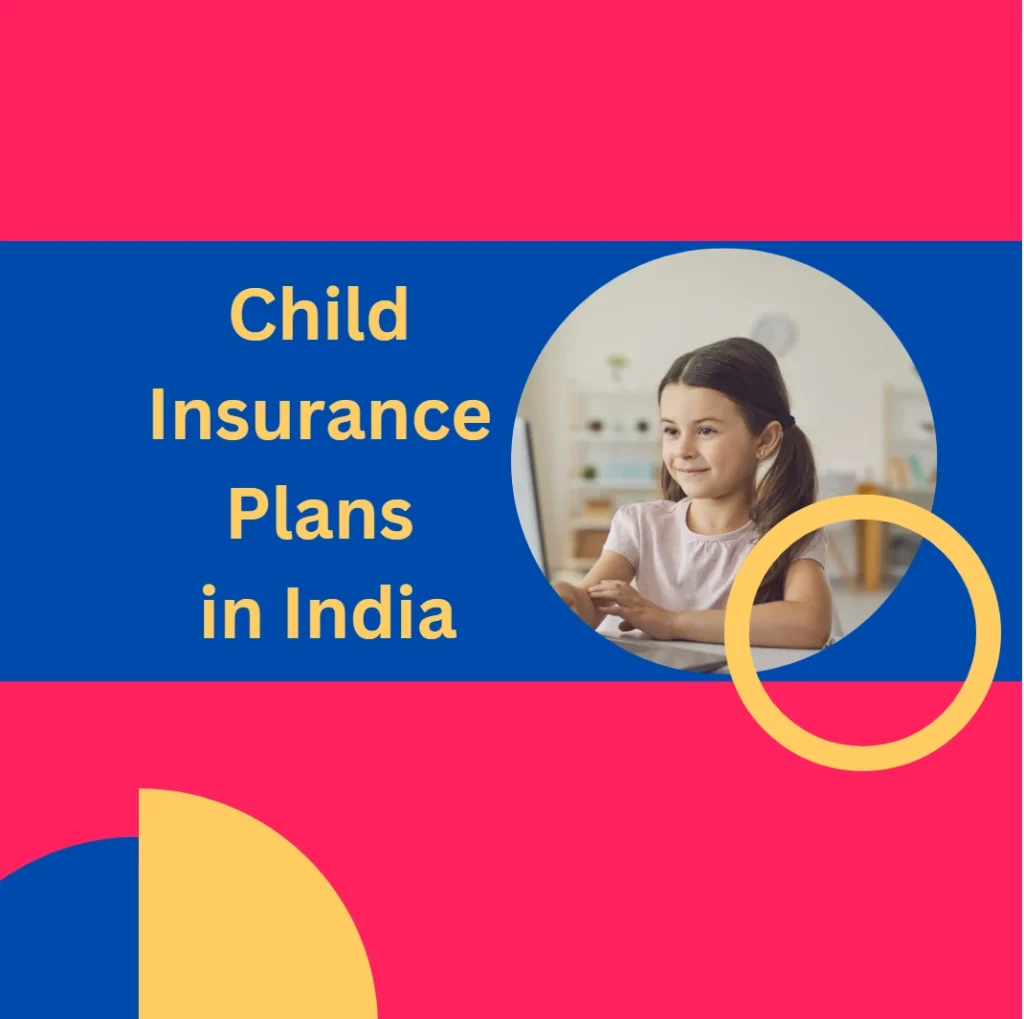Inflation of education in India at 10-11% is higher than the regular inflation, according to the BankBazaar Aspiration Index. In planning for the education expenses of children, most parents end up taking child insurance plans that are a mix of both investment and insurance. Child insurance plans are designed to secure a child’s financial future by providing funds for major requirements such as higher education. They also offer tax benefits under Section 80C of the Income Tax Act, 1961.
Types of Child Insurance Plans
Essentially, there are two types of child insurance plans:
- Unit Linked Insurance Plans (ULIPs)
- Endowment Child Insurance Policies
ULIPs invest a part of the premium in market-linked instruments and offer a return basis the market performance. Endowment policies are the traditional plans that offer guaranteed returns and carry lower risk than ULIPs. So, in endowment policies the returns are guaranteed whereas the ULIPs are market linked. However, in both cases, the sum assured in case of policyholder’s death or policy’s maturity is guaranteed.
For example,a certain XYZ Insurance: In the unfortunate event of the parent’s death, these plans ensure that the child’s financial needs are met through both the life cover and the accumulated savings. An important aspect is the future premium waiver, where the future premiums are waived if the policyholder passes away, but the policy remains active, guaranteeing that the child’s financial goals are still achieved.
The Ground Reality
When investing for your child’s future, you’d want to get a good ROI on your investments, but the ground reality is different. In endowment plans, the returns are guaranteed but they’re usually lower than the average inflation rate (not even the regular inflation rate, forget about the education inflation rate).. In ULIPs, returns of 9-11 percent may beat inflation, but the returns are not guaranteed.
Most communication materials on these policies never clearly state the returns. These documents often provide estimated maturity amounts tied to various premium payment scenarios that create an uncertainty for policyholders and the insurance companies are betting against your regularity of payments. The documents always show time-weighted returns whereas policyholders actually get money-weighted returns. The difference between these two is actual returns and returns generated net of charges and expenses. Therefore, it is really important to check the exact IRR of the plan with your point of contact.
Alternatives & Conclusion
If you want to secure the future of your child and also protect him or her against any unforeseen event, some other investment options may make more sense.
Separation of investments through a term plan and investing in mutual funds and equities can help. A term insurance policy will provide high coverage at a lower premium, thus ensuring financial security for the child without draining the investment capital. And, then separately investing in equities and mutual funds can provide you higher returns.
However, the major advantage of child plans is that it doesn’t impose any tax burden. If you handle the combination of insurance and mutual funds, then you face tax liability each time you churn the portfolio. Normally, this is a key point pitched by agents for child plans.
However, always take professional guidance when investing in major instruments and making the big decisions to be more tax-efficient and to ensure higher return.
Hope this is useful, thank you.
You may like to read: Is Gymnastics Good For Kids?, Teaching Strategies for Children with Disabilities, & Benefits of a Telescope for Kids

